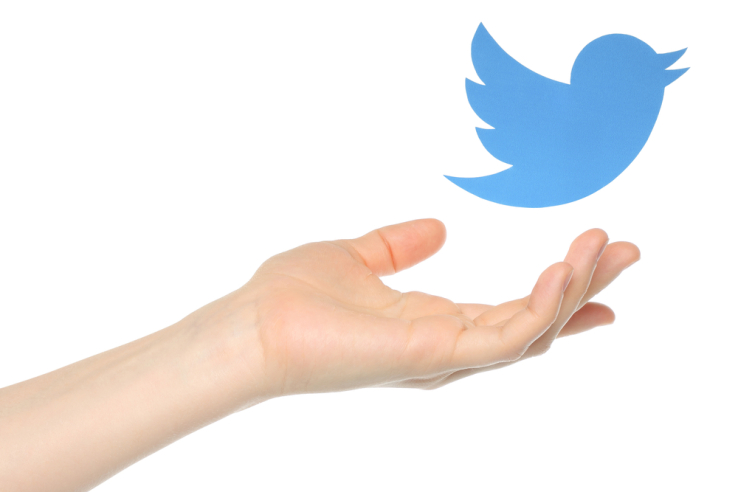

For years, Twitter users have complained about the fact that link and photo URLs count against each tweet’s 140-character limit. Now that may finally change. According to a report in Bloomberg, Twitter will stop including photos and links in character counts soon, possibly within the next two weeks.
URLs are automatically shortened by Twitter, but still eat up 23 characters. The platform has explored ways to make it easier to include links in tweets since 2010, when its t.co link wrapping service launched, but many users don’t think they should be counted at all.
Twitter declined to comment on the report.
If the new character count policy is implemented, it will allow people to compose wordier tweets—but still be far less drastic than another change that Twitter reportedly deliberated earlier this year, which would have raised its limit to thousands of characters.
CEO Jack Dorsey said that the time that Twitter is “not going to be shy about building more utility and power into Twitter for people. As long as it’s consistent with what people want to do, we’re going to explore it.”
Twitter has been encouraging users to include more media in their tweets with features like support for videos, gifs, and polls. What they really want, however, is space to write more. Users have resorted to tweetstorms (which won’t work as well and may become downright incomprehensible now that Twitter is moving from a chronological to algorithmic timeline) and screenshots of text.
The ability to jam more text, media, links, and other content into individual tweets was the point of Twitter Cards, which launched four years ago—in a bid to attract more brands, media companies, advertisers, and other power users to the platform.
By giving users—even those that don’t use Twitter cards—more control over how they compose their tweets, Twitter may be able to lure more people onto the site—which is important because the company’s user growth has stagnated, while other social networks and messengers like Snapchat and WhatsApp continue to gain traction.
User engagement—especially during live events—may also increase because people no longer have to perform mental gymnastics in order to compose the shortest tweets possible and can instead use more conversational language.
Featured Image: rvlsoft/Shutterstock

